Indigenous Governance Database
Constitutions
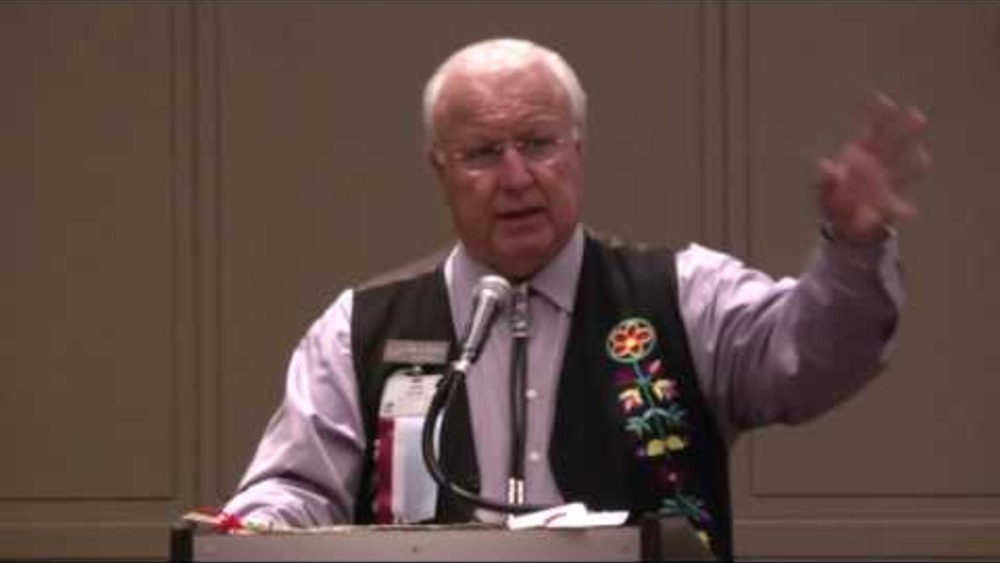
"Modern Tribal Governments, Constitutions, and Sovereignty" Session at NCAI's Annual Convention
This session, convened by NCAI at its 2014 Annual Convention, chronicled the growing movement by tribal nations to reform and strengthen their constitutions in order to reflect and preserve their distinct cultures and ways of life, more effectively address their contemporary challenges, and achieve…
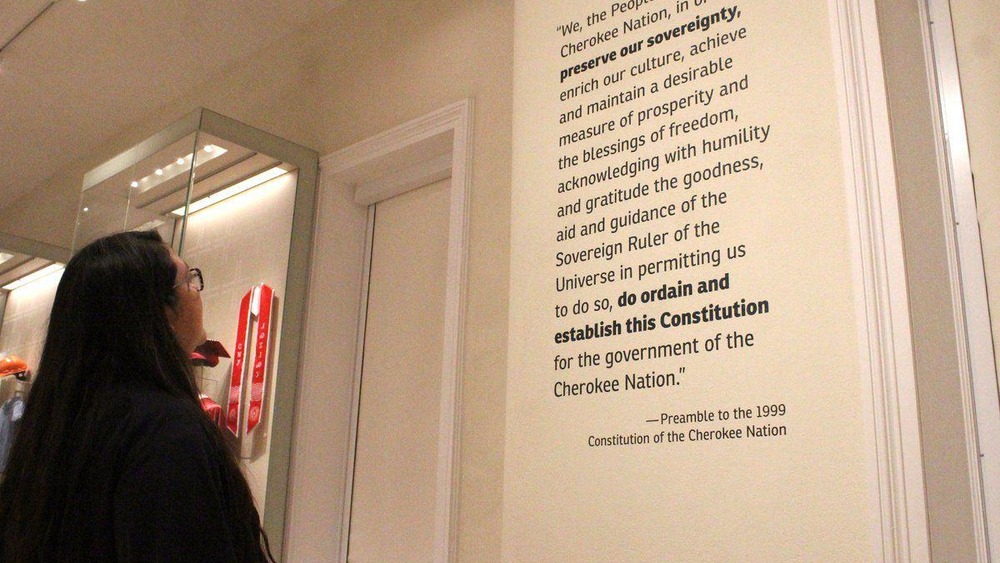
Cherokee Nation '99 Constitution Incorporated Older Ideas
Before the Cherokee Nation 1999 Constitution was ratified by voters in 2003 and recognized by the federal government in 2006, the tribe was governed under different laws that required extensive input and oversight by Cherokees when they decided to rewrite the document in 1995. Under the 1975…
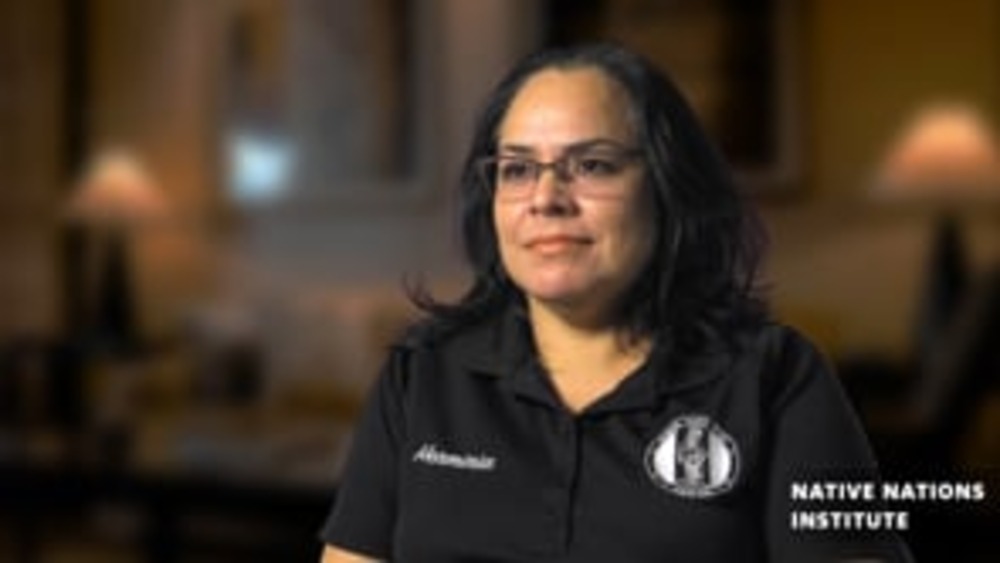
Herminia Frias: Working Toward Effective Native Leadership
For years at Pascua Yaqui Tribe, Herminia Frias has remained a consistent leader in tribal government. She became the first woman elected Chairwoman and youngest to serve the position. After a contentious term with the tribal council, she was removed from office but then immediately returned to…
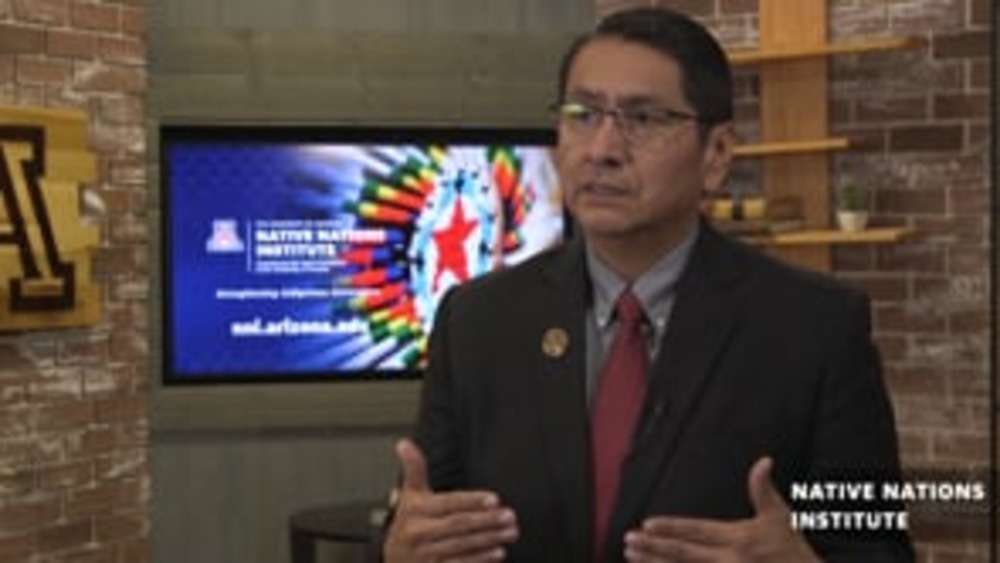
Navajo Nation President Jonathan Nez: Native Nation Building for the Navajo Nation
Navajo Nation President Jonathan Nez visited the University of Arizona and gave his views on making governance work for people in he Navajo Nation. In this brief interview with NNI the President offered his thoughts on Native Nation Building and the way it is utilized for the…
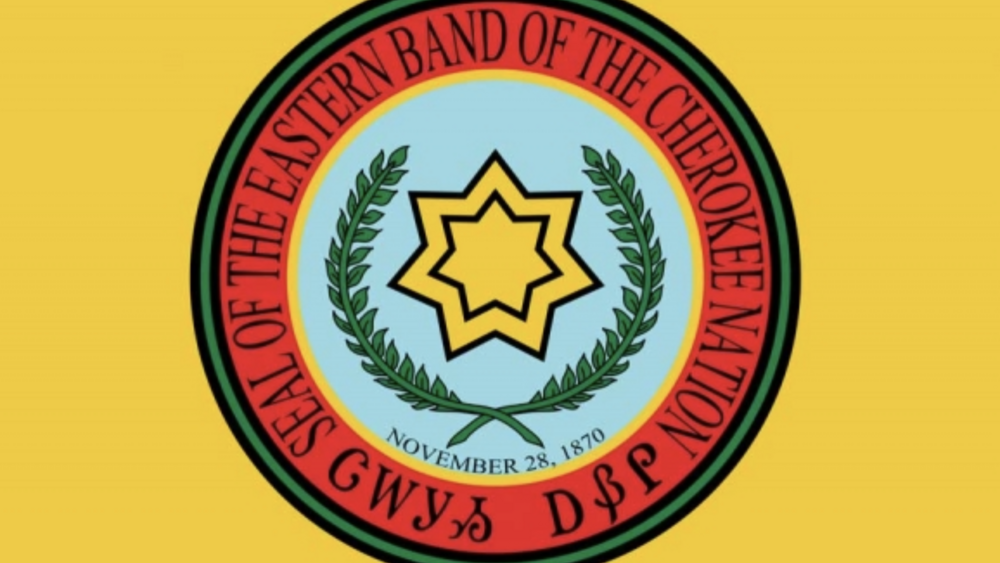
Constitution proposed for Cherokee
Cherokee voters will have the chance to give their nation a long-awaited constitution if Tribal Council approves a referendum question proposed for the September ballot. “Right now we don’t have a constitution. We have a charter, and a charter is for an organization, a corporation or…
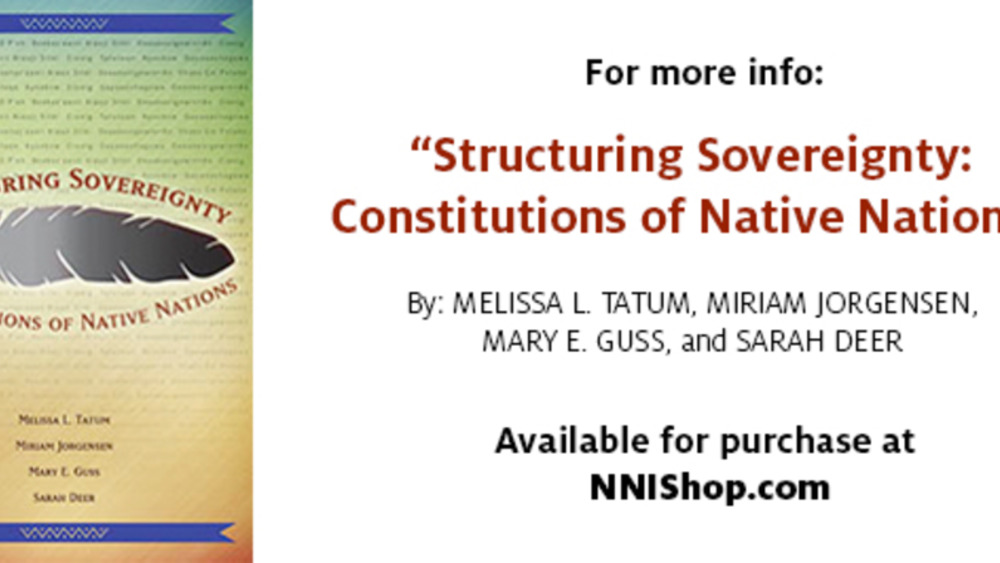
Miami Tribe of Oklahoma Constitution
Location: Northeastern portion of Okahoma Population: 3900 Date of Constitution: 1995 Key Facts: Origninally from Great Lakes region
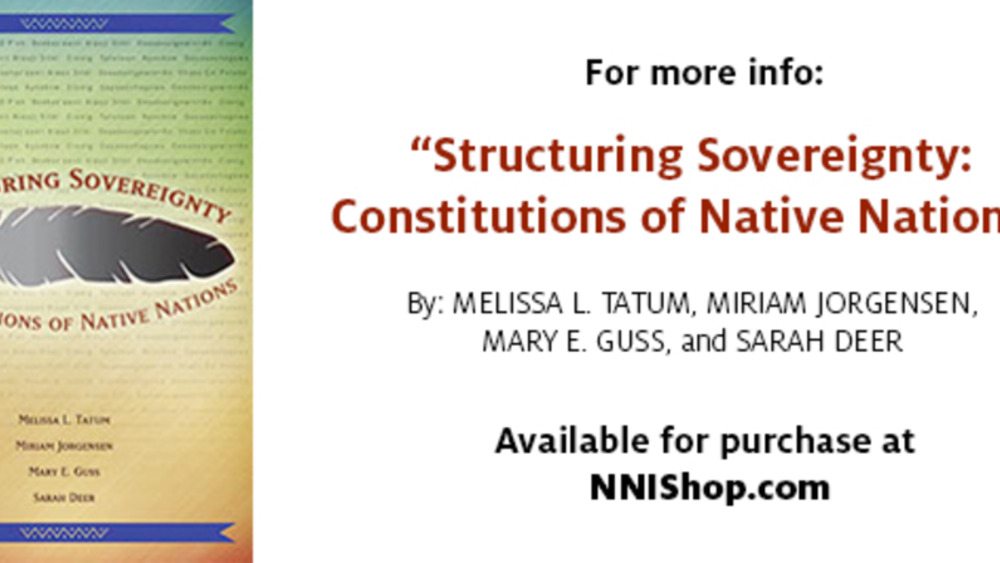
Tsawwassen First Nation Constitution
Location: British Columbia, Canada Population: 328 Date of Constitution: 2007, as amended 2009
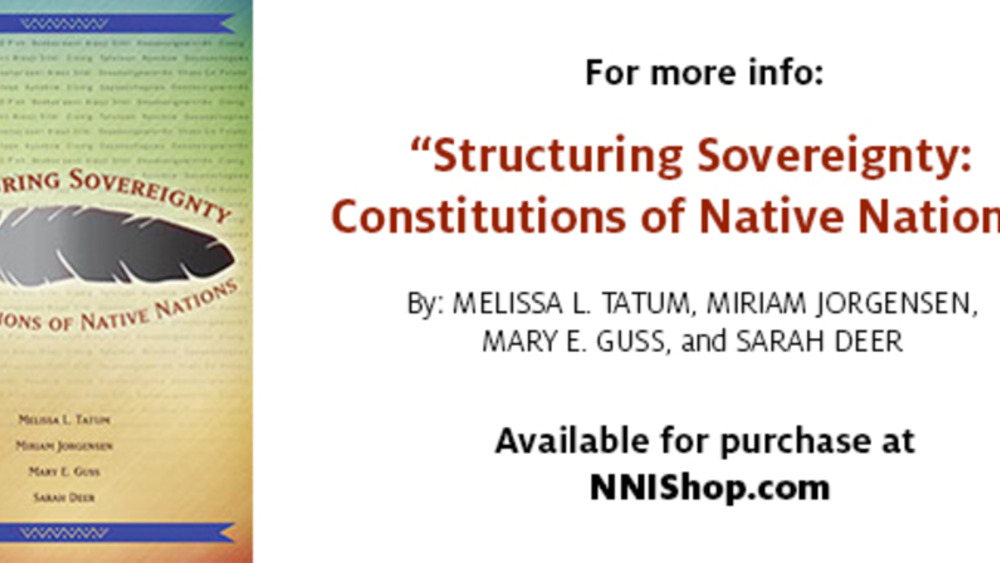
Saint Regis Mohawk Tribe Constitution
Location: Spans border between New York and Canada Population: 2700 Date of Constitution: 1995
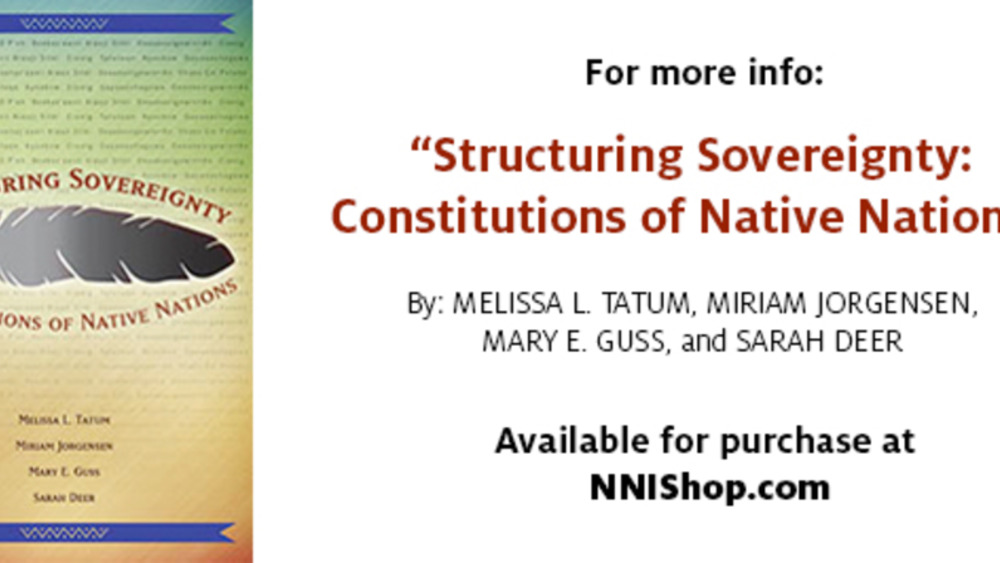
Skokomish Indian Tribe Constitution
Location: Washington State Population: 489 Date of Constitution: 1938, as amended in 1980
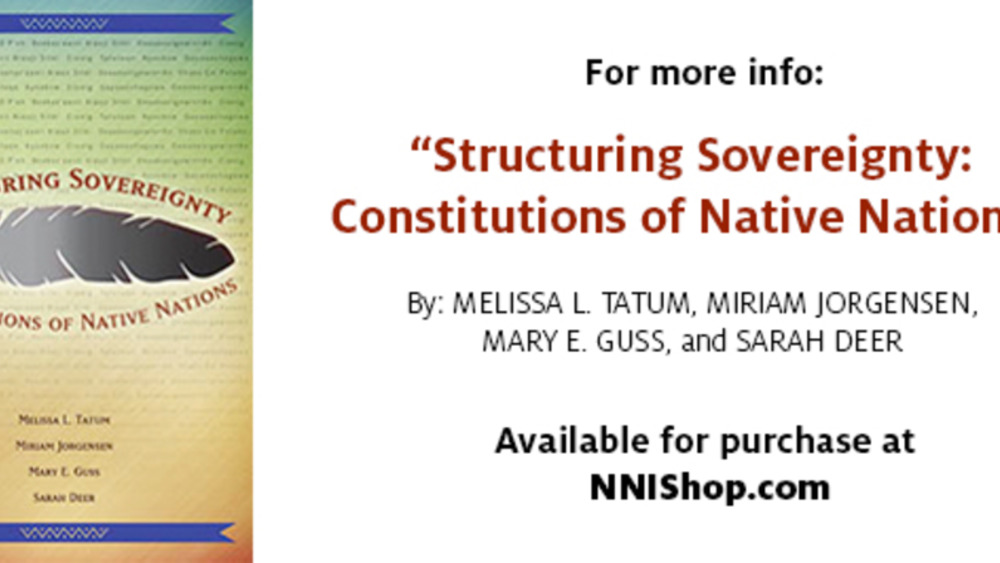
Sault Ste. Marie Tribe of Chippewa Indians Constitution
Location: Upper Peninsula of Michigan Population: 40,000 Date of Constitution: 1975
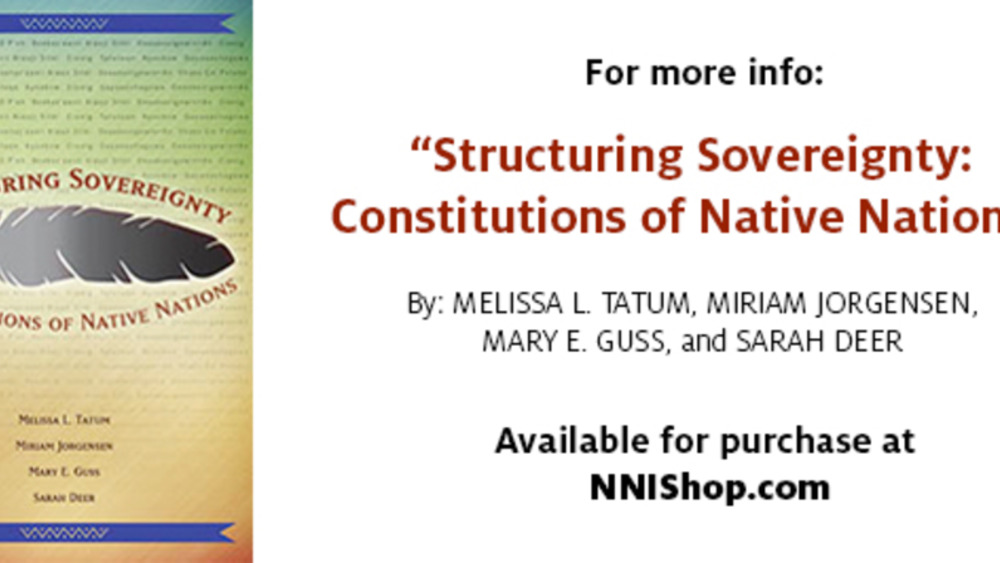
Poarch Band of Creek Indians Constitution
Location: Alabama Population: 2300 Date of Constitution: 1985, as amended 1997, 2001, 2003, 2006, 2008, 2009, 2010, 2011, and 2012
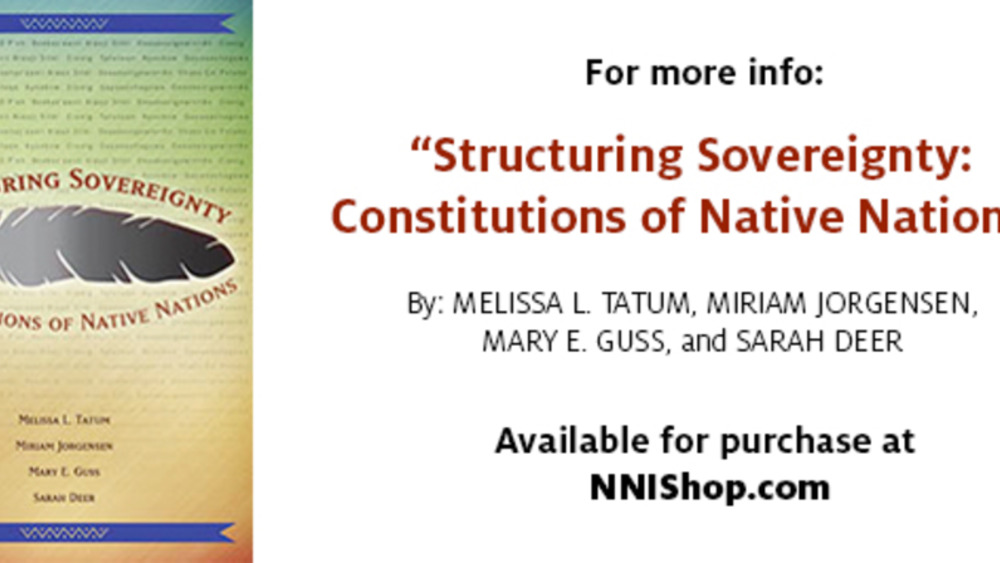
Nez Perce Tribe Constitution
Location: Idaho Population: 3500 Date of Constitution: 1948, as amended 1961, 1983, 1986, 1988, and 1999.
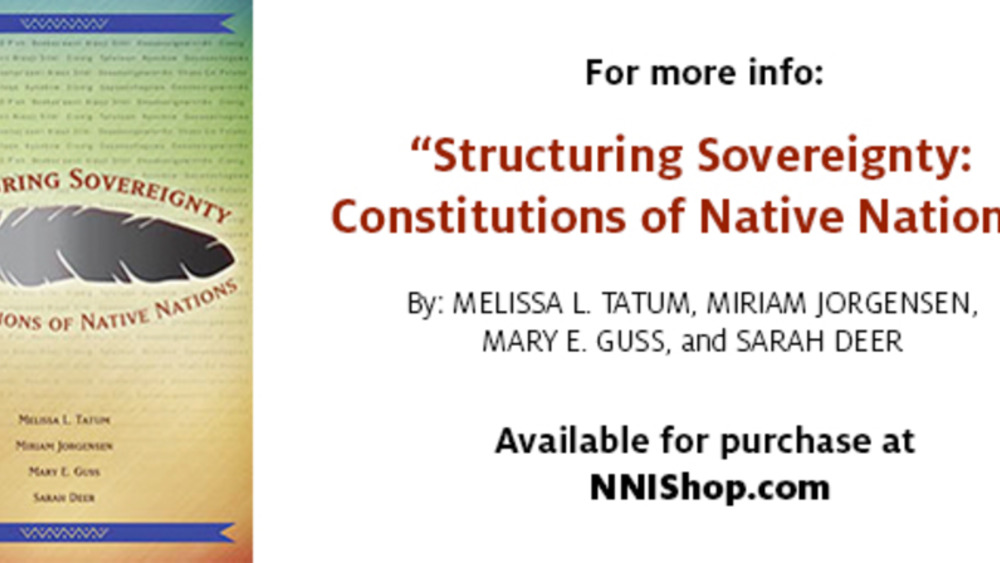
Lower Sioux Indian Community Constitution
Location: Minnesota Population: 982 Date of Constitution: 1936, as amended 1977, 1998, 2001 & 2007
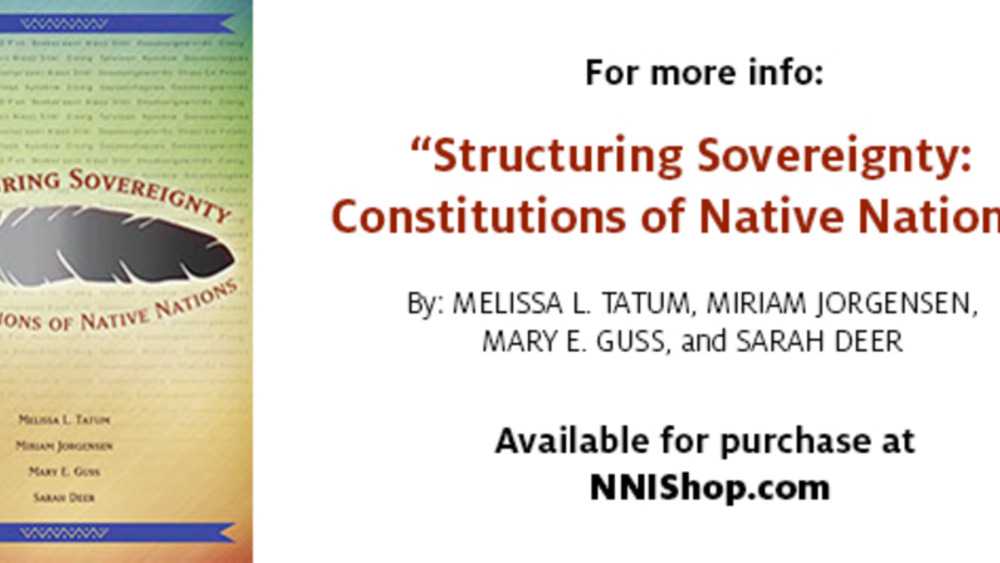
Pueblo of Laguna Constitution
Location: New Mexico Population: 3600 Date of Constitution: 1958

Native Tribe of Koyukuk Constitution
Location: In the western central portion of Alaska Population: 95 Date of Constitution: 1992, as amended 1994
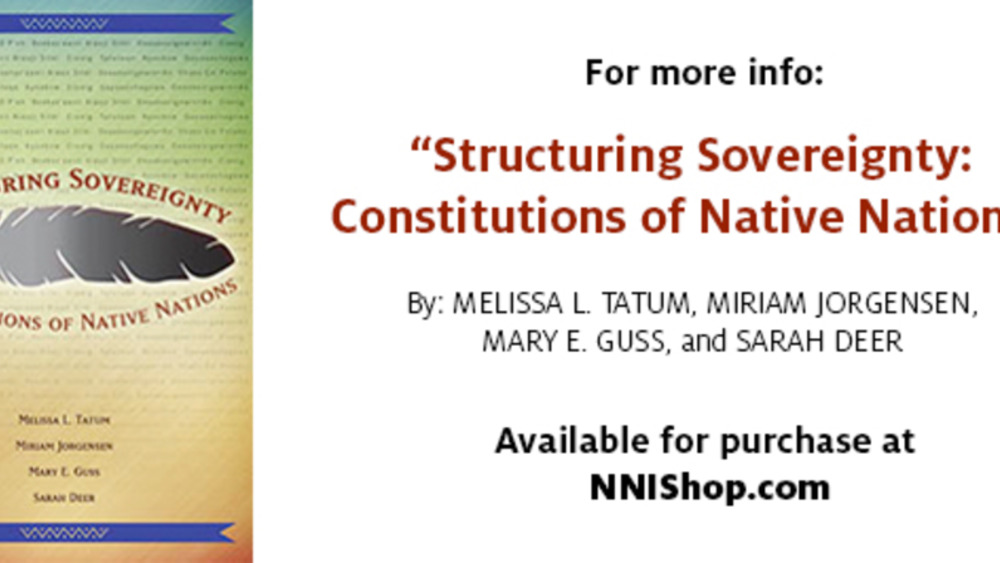
Kialegee Tribal Town Constitution
Location: Near city of Wetumka in central Oklahoma Population: 700 Date of Constitution: 1941 Date of Constitution: Originally part of Muscogee (Creek) Nation
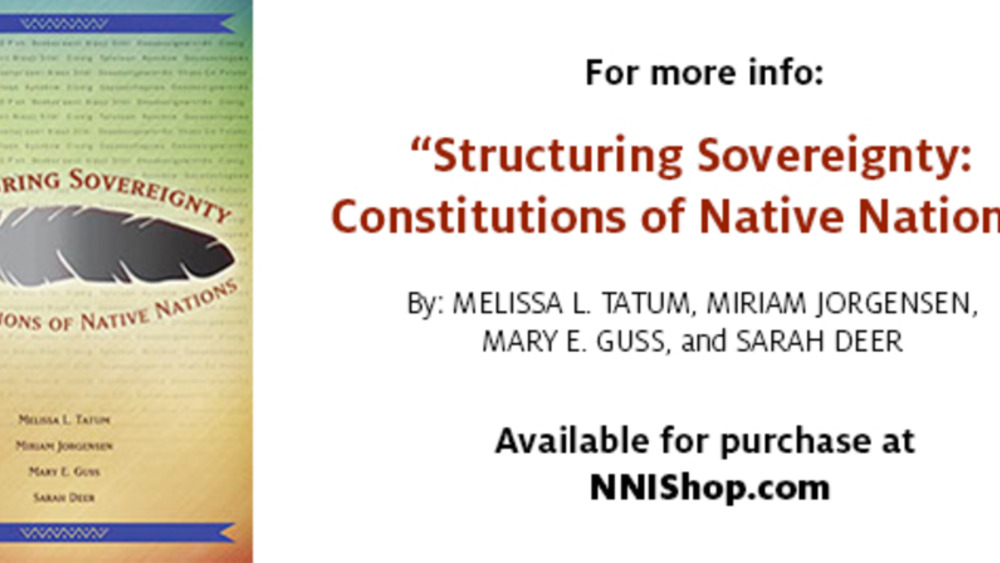
Key First Nation Constitution
Location: Saskatechewan, Canada Population: 1114 Date of Constitution: 2004
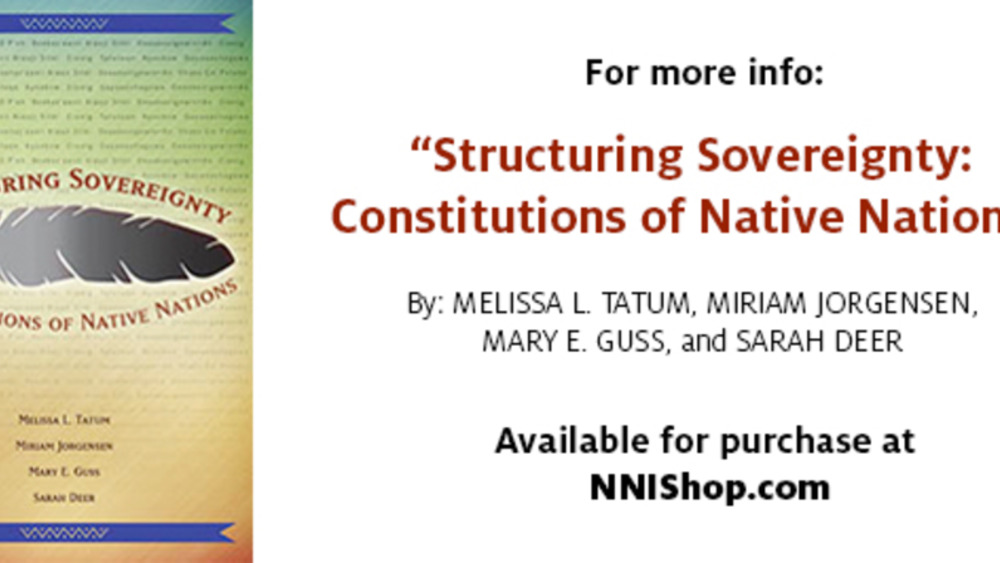
Kaw Nation Constitution
Location: North central Okahoma Population: 3,126 Date of Constitution: 2011
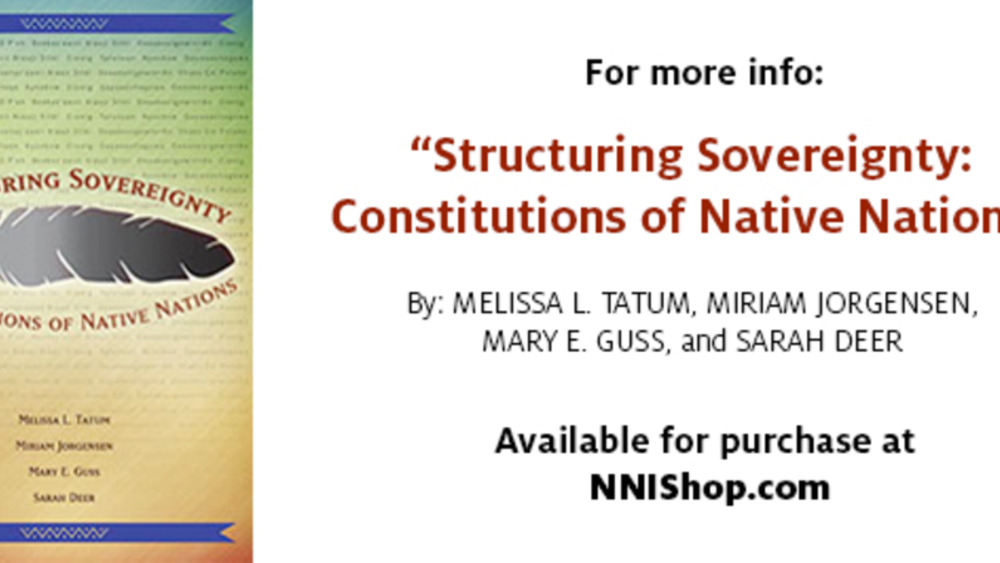
Jicarilla Apache Constitution
Location: New Mexico, USA Population: 4,800 Date of Constitution: 1937
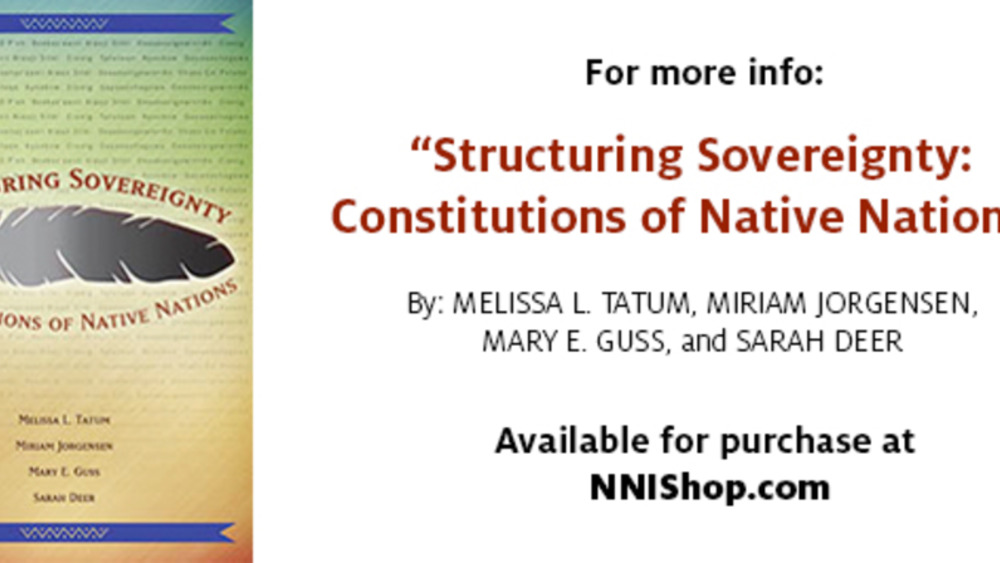
Huu-ay-aht First Nations Constitution
Location: British Columbia, Canada Population: 684 Date of Constitution: 2007
